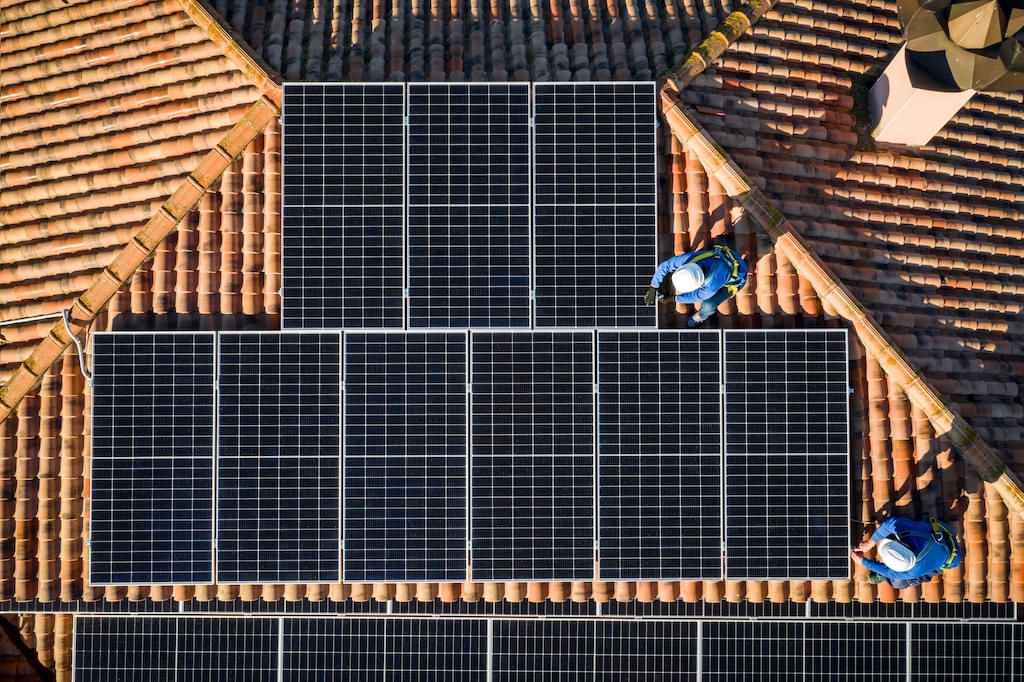As the demand for clean energy continues to surge, choosing the right photovoltaic (PV)
module has become a critical decision for project developers, EPC contractors, and
sustainability-conscious businesses. With numerous technologies and specifications
available, selecting the most suitable solar panel can significantly impact your project’s
performance, cost-efficiency, and long-term returns.
Whether you’re building a utility-scale solar farm or a commercial rooftop system, this guide
walks you through the essentials to consider when choosing a PV module.
Why PV Module Selection Matters
Your PV module is the heart of your solar energy system. The right choice determines:
- Energy output and efficiency
- System reliability and maintenance
- Total cost of ownership
- Performance over 25+ years
A poor choice can lead to underperformance, faster degradation, and increased
maintenance costs. According to the National Renewable Energy Laboratory (NREL),
module selection can affect system energy output by more than 10% over its lifespan due to
differences in degradation, efficiency, and temperature response. A well-informed decision,
on the other hand, ensures optimal return on investment (ROI) and long-term sustainability.
Key Factors to Consider When Choosing a PV Module
Project Type and Location
Start by identifying the nature of your project:
- Utility-scale plants need high-wattage, cost-effective modules that are easy to scale.
- Commercial and industrial rooftops require efficient modules with excellent
- performance in partial shading and limited space.
- High-altitude or desert regions may need panels with better temperature coefficients
- and high dust or snow load resistance.
Tip: Consider the Global Solar Atlas to evaluate solar potential in your region.
Module Efficiency
Higher efficiency means more power per square meter, which is crucial when space is
limited. Look for:
- ≥20% efficiency for commercial and industrial applications
- Modules with advanced cell technology (e.g., PERC, TOPCON, HJT)
Degradation Rate and Warranty
Solar panels degrade over time. The lower the degradation, the better the long-term
performance.
- <2% in the first year is industry standard
- ≤0.5% annual degradation afterward is considered good
- 25 to 30-year linear performance warranties provide peace of mind
Module Technology
Different technologies suit different needs:
- Mono PERC: High efficiency, low light-induced degradation (LID)
- TOPCON (Tunnel Oxide Passivated Contact): Even higher efficiency and stability
- Bifacial modules: Capture sunlight from both sides, increasing yield in reflective
- environments
Build Quality and Certifications
Choose modules that meet international safety and performance standards:
- IEC 61215 and IEC 61730 for durability and safety
- PID resistance, anti-LeTID features, and certifications for corrosion, snow, and wind loads
- Strong manufacturer warranties backed by production quality and third-party validation
Temperature Coefficient
Solar panels lose efficiency as temperature rises. The lower the temperature coefficient, the
better the panel performs in hot climates.
Bonus Tip: Think Beyond Price
While cost per watt is important, the Levelized Cost of Energy (LCOE) and Internal Rate of
Return (IRR) offer better long-term insights. Investing in a slightly more expensive panel with
higher performance and longer lifespan can yield better returns over time.
Finally
Choosing the right PV module is about more than just upfront cost—it’s about performance,
reliability, and longevity. Evaluate your project’s needs, environmental conditions, and
long-term goals, then match them to the best-suited module technology.
By taking a strategic approach to PV module selection, you set your solar project up for
long-term success—financially, operationally, and environmentally.
Why Choose Navgrun PV Modules?
At Navgrun, we bring European manufacturing precision and Indian innovation to every PV
module we create. Here’s how our flagship modules stand out:
NS 500M Series – Mono PERC Half-Cut Modules
Ideal for utility-scale and commercial installations, this series delivers:
- Power output: 525W – 550W
- Module efficiency: Up to 21.3%
- Lower shading losses and enhanced reliability through Multi-Busbar (MBB)
- technology
- 12-Year Product Warranty and 25-Year Linear Power Output Warranty
Best For: Cost-sensitive, high-volume projects needing reliable, bankable modules.
NS 500B Series – Bifacial Glass-Glass Modules
Maximize your energy yield with bifacial gain (up to 30%) using sunlight from both sides.
- Power output: 525W – 550W
- Module efficiency: Up to 21.3%
- Excellent in high-reflectivity environments
- 30-Year Linear Power Output Warranty
Best For: Projects with reflective surfaces (sand, snow, rooftops) or where maximizing
kWh/m2 is critical.
NS 560B–590B Series – TOPCon Bifacial Modules
For ultimate performance, our TOPCon series leads with:
- Power output: 560W – 590W
- Industry-leading efficiency: Up to 22.83%
- Superior degradation resistance (≤0.40% annually after the first year)
- Glass-glass build ensures longevity up to 50 years
Best For: Premium installations demanding the highest efficiency, durability, and long-term
value.
The Navgrun Advantage
- 100% Automated European Production Line
- Advanced Digital Quality Tools & SAP Integration
- Renewable Energy-Powered Manufacturing
- 90% Recyclable Materials & Sustainable Supply Chain
Whether you’re scaling up a solar farm or designing a commercial rooftop, Navgrun modules
are built for performance, reliability, and sustainability.

